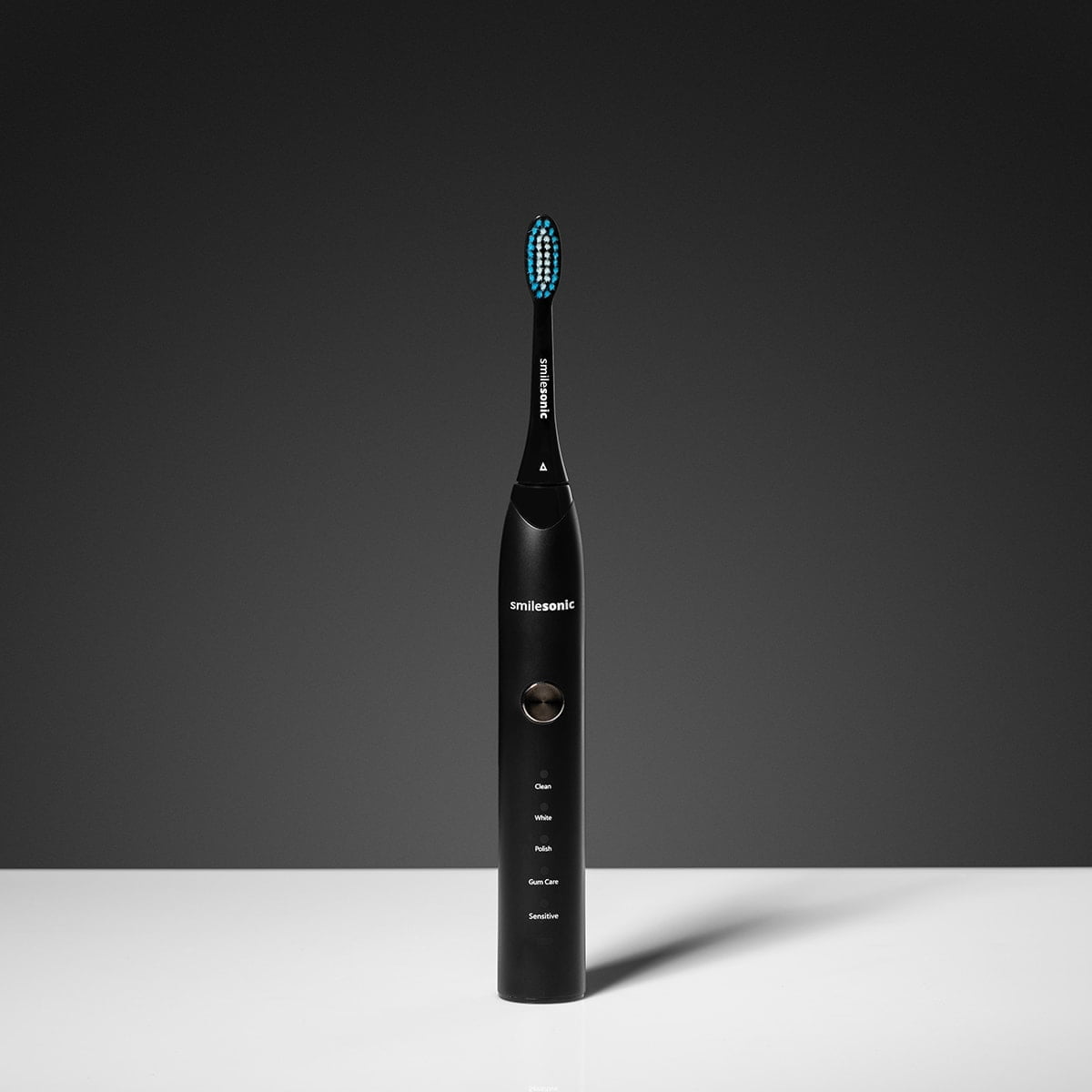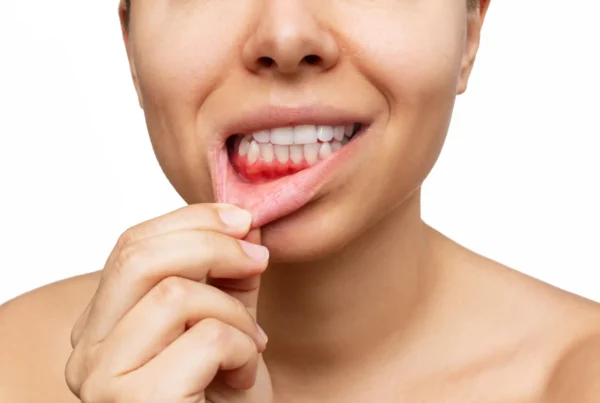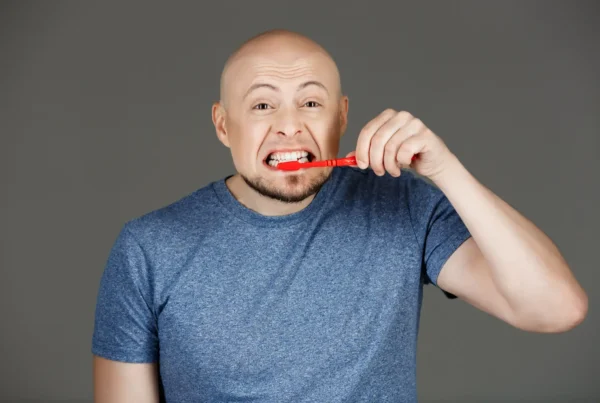Baking soda toothpaste – does brushing with baking soda harm or damage your teeth?
Baking soda, also known as sodium bicarbonate, has long been used in home dental care as a natural whitening agent. It is believed to help remove surface stains and neutralize oral acids. While many users praise its effectiveness, concerns remain regarding its long-term effects on dental and gingival health. In this article, we examine how baking soda works, its potential benefits, and the risks of using it as part of your daily oral hygiene routine. Can baking soda really whiten teeth? Is it a safe and effective alternative, or does it cause more harm than good?
What is baking soda?
Baking soda is a white, crystalline powder with alkaline properties. Its chemical ability to neutralize acids makes it a popular ingredient in cleaning and personal care products. In the context of oral hygiene, it is valued primarily for its mild abrasiveness and ability to neutralize acids that contribute to tooth decay. It is important to note, however, that baking soda does not remove calculus (tartar), which requires professional intervention.
How does baking soda affect teeth and can it whiten them?
Thanks to its abrasive properties, baking soda can help remove surface stains caused by consumption of coffee, tea, red wine, or tobacco. It also acts as an alkaline agent, capable of neutralizing acids produced by bacteria in the mouth. These acids are a byproduct of sugar metabolism and play a central role in enamel demineralization and the development of caries.
While baking soda may brighten teeth by removing superficial discoloration, it is not a bleaching agent and cannot change the intrinsic color of enamel.
Beyond a brighter smile – additional benefits of baking soda for oral hygiene
- Natural Whitening: Baking soda offers a cost-effective, at-home method of removing surface stains without the use of chemical whitening agents.
- Acid Neutralization: Its alkalinity helps restore oral pH balance, reducing enamel erosion and caries risk.
- Fresher Breath: Baking soda may help neutralize odors, acting as a natural deodorizer for the oral cavity.
- Eco-Friendly and Chemical-Free: Baking soda is biodegradable and free from artificial colorants and preservatives, appealing to those seeking natural alternatives.
Read more: When should you use clove toothpaste and how do cloves affect toothache?
Risks and drawbacks of using baking soda on teeth
- Enamel Abrasion: Although baking soda is considered mildly abrasive, frequent use may gradually wear down enamel, leading to sensitivity, discomfort, and increased vulnerability to decay and staining.
- Lack of Fluoride: Baking soda does not contain fluoride, a key ingredient in cavity prevention. Using it as a primary oral hygiene product may elevate the risk of tooth decay.
- Gingival Irritation: Its abrasive nature may irritate the gums, particularly in individuals with periodontal conditions or sensitive soft tissues.
- Uneven Whitening: Baking soda can only remove surface stains and may produce uneven whitening results compared to professional treatments.
Can baking soda replace traditional toothpaste or help with sensitivity and tartar?
Baking soda may complement your oral hygiene routine but should not replace fluoride toothpaste. Fluoride plays an essential role in enamel remineralization and acid resistance. Baking soda can be a helpful adjunct for occasional use but is not a comprehensive solution.
Some people mix baking soda with lemon juice for whitening, but this combination can cause irreversible enamel damage due to its high acidity.
An alternative home remedy includes using a baking soda mouth rinse—dissolving a teaspoon of baking soda in a glass of water—to create a gentle antibacterial solution that may help reduce plaque buildup.
Safe use of baking soda for healthy and white teeth
If you choose to use baking soda in your oral care routine, follow these guidelines to minimize risks:
- Use occasionally: Limit use to once a week to remove surface stains without compromising enamel.
- Gentle technique: Use a soft-bristled toothbrush and gentle circular motions to avoid damaging enamel or irritating gums.
- Combine with fluoride toothpaste: Use baking soda as a supplementary method, not a replacement for fluoride-based toothpaste.
- Consult your dentist: Before adopting baking soda regularly, speak with your dentist to assess your enamel and gum health.
Safe at-home whitening – is baking soda the answer?
Looking for a whiter smile? Instead of relying solely on standard whitening products, consider safe, natural options like baking soda. However, remember that true oral health comes from consistent hygiene, regular dental visits, a balanced diet, and professional guidance. For children, support their dental care early to ensure a healthy and bright smile for the future.
We hope this article helped clarify the impact of baking soda on your teeth and how to use it safely in your oral hygiene routine.





